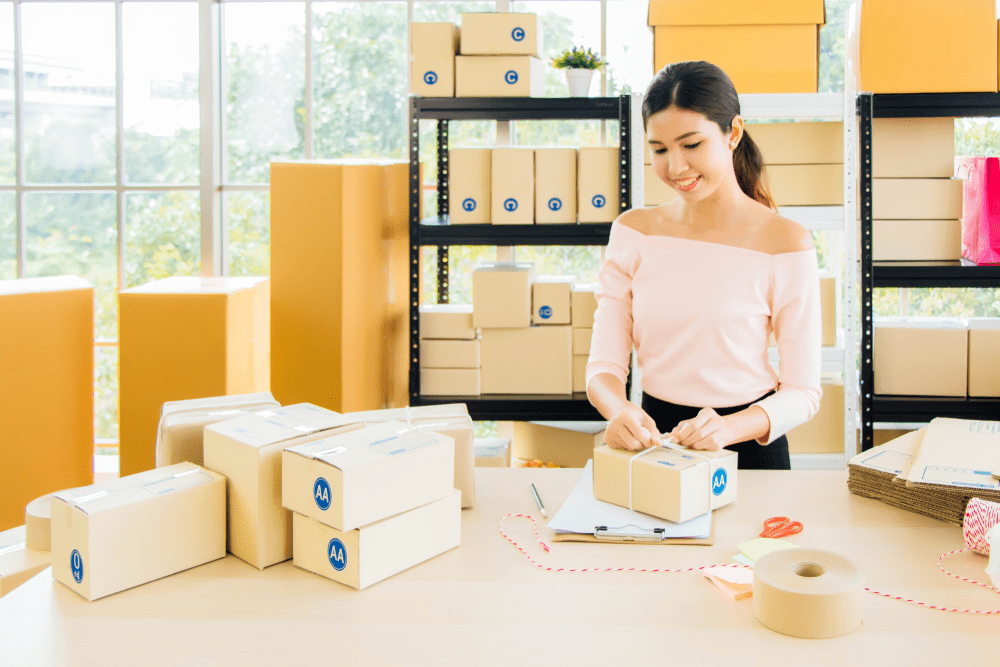You’ve just finished filling your product into boxes, and they’re all ready to be shipped out to customers. It’s an exciting time because now you can finally see your work pay off, but there’s one important thing left to do—choose the right shipping box for your product.
Standard and Heavy-Duty Corrugated Boxes
The standard corrugated boxes you’ll find at grocery stores, book shops, and convenience stores are durable and reliable. Their compact size makes them efficient to transport and easy to store. They’re also relatively affordable. However, they can crush fragile items. For that reason, soft-side packaging solutions have become a popular alternative for high-risk products such as jewelry, fragrances, cosmetics and other non-fragile items. Using a heavy duty corrugated shipping box or custom corrugated packaging means your goods will be well protected from breakage during transit without taking up too much valuable storage space at your location until it is ready to be shipped out to customers
Cargo Boxes

If you decide to use off-the-shelf cargo boxes, make sure that they are properly sized and sealed. Choosing an oversized box increases your freight costs, wastes space on trucks and leaves no room for padding—so your precious cargo arrives damaged. Choose too small a box and your package will never fit inside it, increasing delivery times or requiring multiple trips from shippers that can’t handle larger shipments. There are standard sizes for almost every product; check with your manufacturer to ensure you’re choosing the correct size and type of packaging solution.
Application-Specific Boxes
There are many different types of corrugated boxes, and each is designed to handle a specific application. For example, you can find specialty boxes that can handle everything from soft to hard goods like clothing and jewelry to fragile items like small glass vases. The bottom line: use an inappropriate type of box, and your cargo will likely get damaged during transit; it’s one of those costly mistakes nobody wants to make. You might not be able to eliminate risk entirely, but getting familiar with various types of packaging solutions and how they can benefit your business is an excellent start. Here’s a general guide to help demystify common shipping containers.
Once you understand what kind of material you’ll be shipping as well as what kinds of conditions will affect its travel, choosing a box should become much easier—though some companies prefer specialized ones, so ask around or take stock of clients’ experiences to help narrow down which option might work best. What if no solution seems ideal? If need arises, invest in custom-designed boxes—it may seem pricey now, but could ultimately pay off by saving money on wasted shipments and returns over time. And rest assured that there’s always room for improvement when it comes to shipping efficiency; even established brands spend time testing new materials and shipping methods every year to ensure their customers receive their products in perfect condition.

As an additional precautionary measure, consider using impact-resistant packaging when possible. Products can sustain more damage during transit than expected—another lesson many business owners learn (the hard way) after dealing with broken items. Impact packaging is typically sturdier than standard cardboard boxes and can protect your cargo from unexpected bumps along the way.